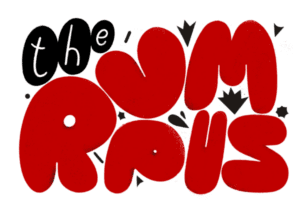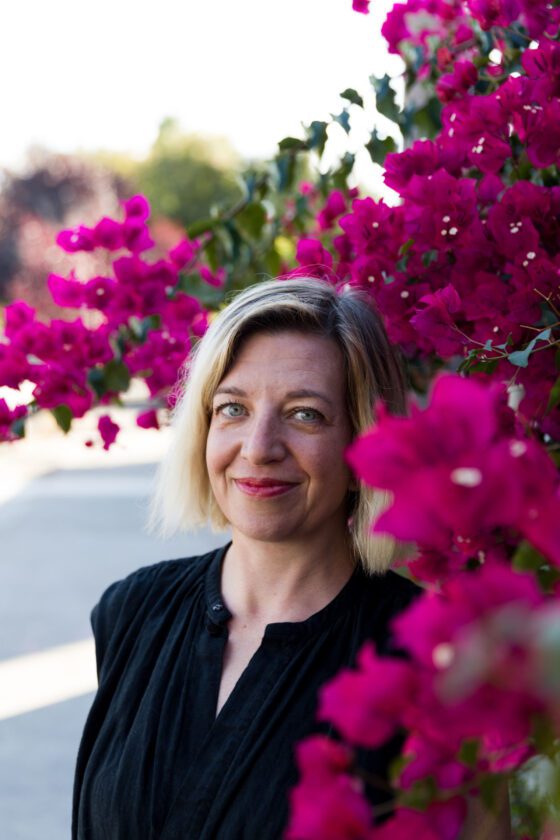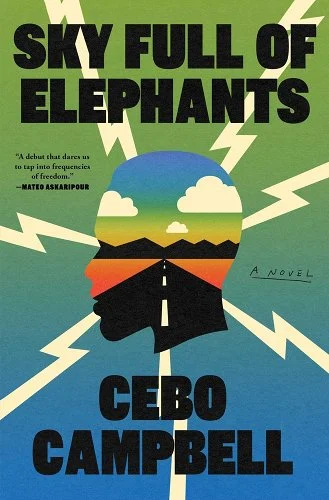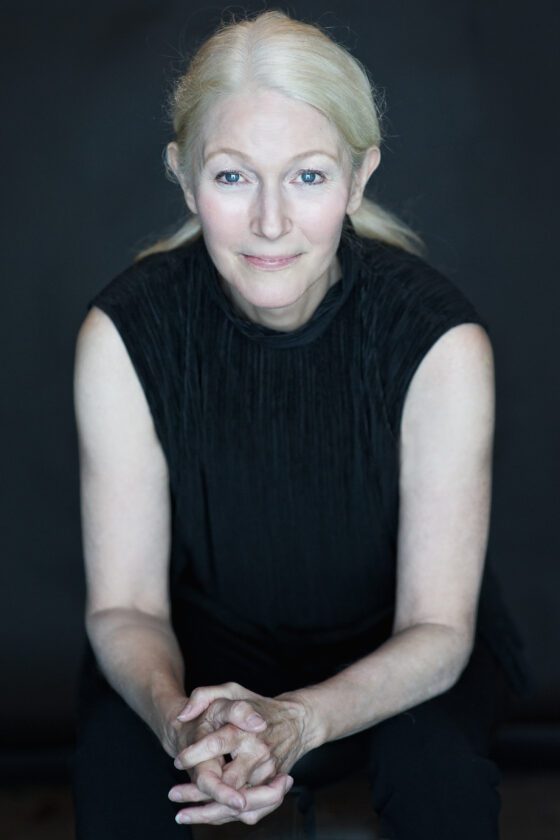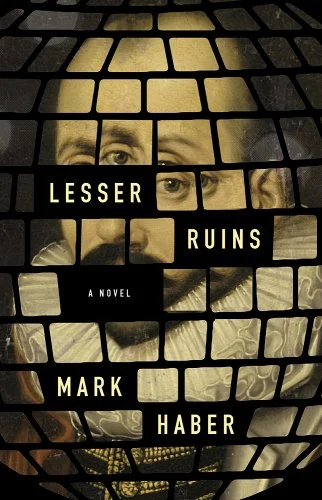Figure, noun, a person’s bodily shape or a person seen indistinctly, especially at a distance. A representation of a human in a drawing or a sculpture, a shape defined by lines, a pattern formed by the movements of groups of people.
To figure is to be a significant part of something, to calculate or work out. If you’re figuring, you’re thinking, considering, expecting something to be the case. To figure is to represent, from the Latin figura, ‘shape or form’ and is related to fingere, ‘form, contrive’. To figure is to be alive, maybe. To be a figure in a landscape.
And then there’s figure in the title poem of Gail Mazur’s new book, Figures in a Landscape, which I love for its precision, its deliberate action in the face of grief. The fact that I could look up figure in the dictionary and know that at least five or six of its definitions would be at play in this poem, too, was exciting; a gateway to a nighttime playground. This is what certain lovers of words do in order to inhabit language itself, toiling for days, weeks on one word, seeking out the best primary, secondary, tertiary definitions, and the cultural, theoretical, and (in this poem, particularly) personal connotations of a word.
I know first hand. Mazur is one of my great mentors. Sitting with me for hours in her living room, we’d tinker with my grad school poems. I’d leave in awe of the possibilities of a single word, always feeling a little too lazy in her company.
“Figures in a Landscape” is a poem in which Mazur (or her speaker, I have a hard time making the distinction) is one of two figures in a landscape, which might mean all the visible features of an area of countryside, or a representation of an area of countryside, or a genre of painting, or the distinctive features of a particular situation or intellectual activity, or landscape as opposed to portrait.
Mazur situates her two figures in the middle distance, which is the part of a real or painted landscape between the foreground and background. I don’t think it’s a coincidence that Mazur uses the middle distance. Her late husband, the painter and printmaker Michael Mazur, collaborated with Robert Pinsky in the 1990s on a new illustrated translation of Dante’s Inferno, which begins with Dante’s declaration, “In the middle of our life’s journey, I found myself in a dark wood, the right way lost” (my trans.). “Figures,” then, is a retrospective of two artists’ lives together, how lives intertwine and the grief of disentanglement. From inside the landscape painting, or inside the landscape of their lives, Mazur writes,
Viewed from here, we resembled one another
though in truth we were unalike—
and we were tiny, he’d kept us small
so the painting would be landscape, not anecdote.
The speaker wants the olive trees and the setting sun, the horizon, the assemblage of it all, and the two small figures figuring their lives. Landscape versus anecdote, which could mean a short and amusing story about a real incident or person. Who wants a life relegated to short and amusing? Or anecdote, an account regarded as unreliable or hearsay. We all miss the forest for the trees. Or anecdote, the depiction of a minor narrative incident in a painting. Would the speaker reduce nearly a whole life shared with another human being to a minor narrative incident? No, but she’d make certain the question arose. No, this is landscape, not anecdote:
The Renaissance had ended—
we’d long known we were mortal.
In shadow, I held the wild daisies and cosmos
we’d been gathering for the table.
Maybe the real reason I love this poem is not that Mazur knows how to wield a dictionary but that she knows just when to use : the flowers give way to the universe with one simple word, cosmos, one act of gathering for the family table. Mazur writes, “I wanted to walk by myself awhile / but I’d always been afraid to lose you,” and then it’s the gentle honesty of those lines, following on the heels of a small gesture made universe- sized, that makes my heart hurt. Get deep inside a thing—a life, a marriage, a painting, a poem, a word,
When you’re in it, it’s not landscape
any more than the horizon’s a line you can stand on.
